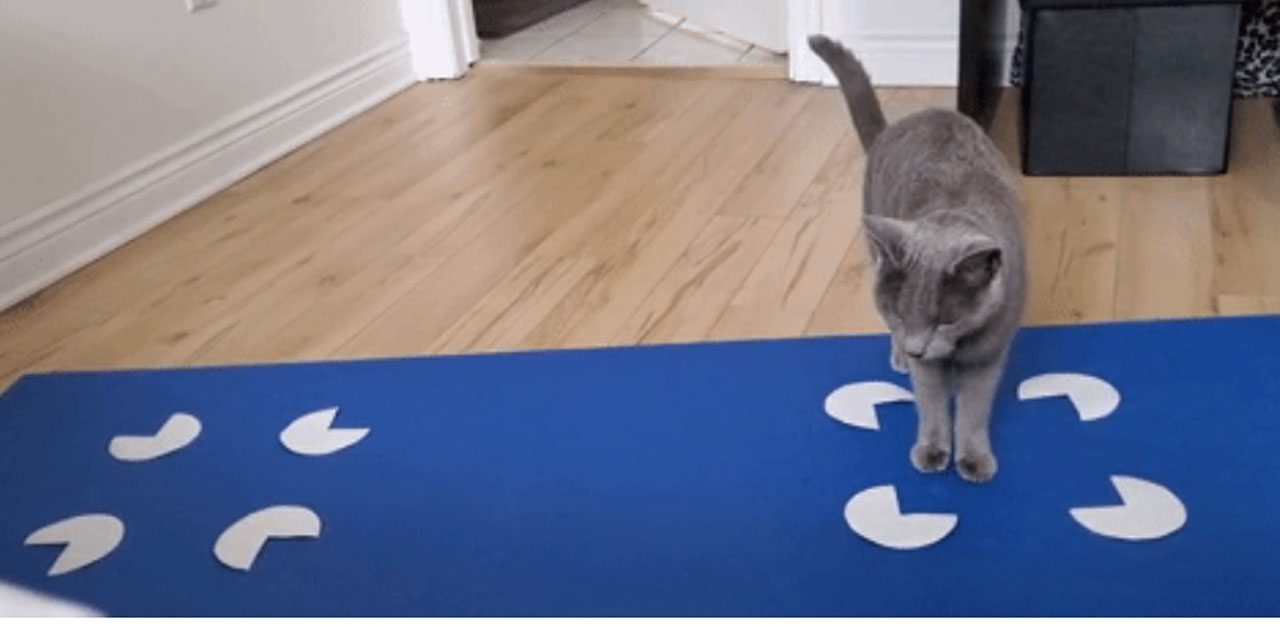If you have already owned a cat and have left a box of any type sitting, without a doubt, the cat has about plunged into the box. Scientists have led an interesting experience to see if cats also like to sit inside false boxes. The study was led by Gabriela Smith, an animal cognition scientist from Hunter College’s Hunter Dog Central Center in New York.
Smith attended a conference on the reaction of dogs to visual illusions before returning home to play with the chat of his roommate. Smith began to wonder if cats, a creature who already tends to sit inside the squares, such as boxes, on the ground, would prolong their preference to perch illoparine squares. Smith and his colleagues used something called an illusion of Kanizsa, which involved organizing four PAC-Man forms, which are essentially circles with a quarter removed to suggest the contours of a place.
Researchers reach 560 cat owners via Twitter to participate in the project. During a six-day range, volunteers used paper, scissors and leaders to create square outlines using the same shapes to create the illusion of a square and guide the same shapes so as not to create any square. The cat owners have been responsible for wearing sunglasses to hide their eyes to avoid influencing animals.
Once the forms have been arranged, cats have been allowed in the room and the volunteers have watched to see what forms, if any, the cat could sit for more than three seconds within five minutes following the entry of the room. All tests have been recorded on the video. On all cat owners invited to participate in the project, only 30 owners completed the tests.
On these 30 owners, only nine cats made at least one choice during the experience. The researchers say that cats have found the illusionary squares seven times, almost as much as the eight times that cats have chosen the actual squares indicating that they were sensitive to illusion. Scientists say they would have liked to look at more cats for the study and, if it is done again, will seek to encourage participation by shortening the study of its original six-day format.



![How to solve [pii_email_9dbb7c34ace437e66bb8] error?](https://businessmug.co.uk/wp-content/uploads/2021/09/PII_EMAIL_55810A31355821BE5BFA-ERROR-CODE-RESOLVED-1-6.jpg)
![How to solve [pii_email_355f99a9c684c0f15d2c] error?](https://businessmug.co.uk/wp-content/uploads/2021/09/microsoft-outlook-1280x720-1-3.jpg)
![How to solve [pii_email_ec4f22c28919a953e74e] error?](https://businessmug.co.uk/wp-content/uploads/2021/09/app-tips-microsoft-outlook-00-hero.png)